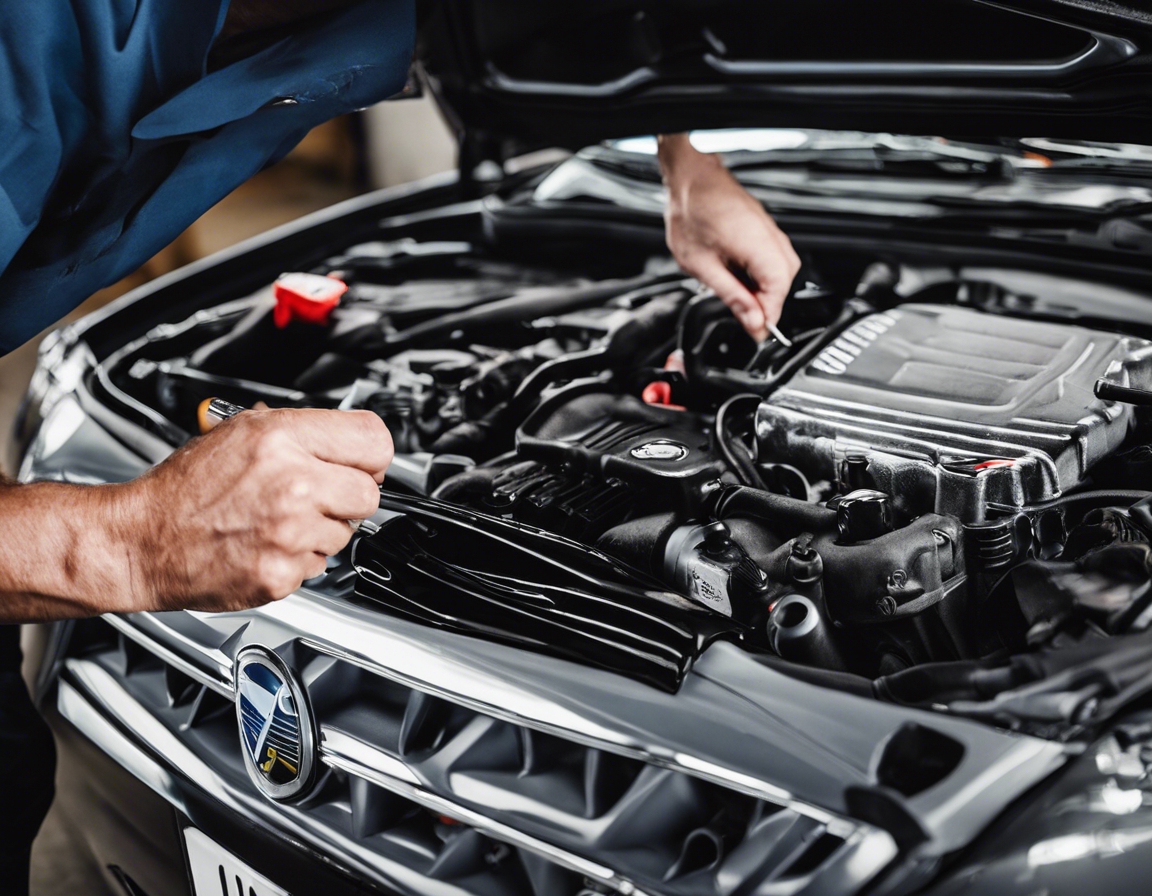How to read your vehicle's error codes
Error codes, also known as Diagnostic Trouble Codes (DTCs), are alphanumeric codes that a vehicle's onboard diagnostics (OBD) system generates when it detects a malfunction or irregularity in the vehicle's operation. These codes provide a starting point for diagnosing issues within your vehicle's engine, transmission, exhaust system, and other critical components.
Understanding DTCs is crucial for maintaining your vehicle's health. They alert you to potential problems that, if left unchecked, could lead to more significant issues or even vehicle failure. Early detection and diagnosis can save you time and money on repairs.
Tools You Need to Read Error Codes
An OBD-II scanner is the primary tool for reading error codes. It's a handheld device that plugs into your vehicle's OBD-II port, allowing you to access the diagnostic information.
There are also smartphone apps available that, when used with a compatible adapter, can turn your mobile device into a powerful diagnostic tool.
Step-by-Step Guide to Reading Error Codes
The OBD-II port is usually found under the dashboard, near the steering column. It's a 16-pin connector that vehicles manufactured after 1996 are equipped with.
Once you've located the port, turn your vehicle's ignition to the 'on' position without starting the engine. Connect the OBD-II scanner to the port and follow the device's instructions to retrieve the error codes.
Each code consists of a letter followed by four digits. The letter indicates the system related to the error (e.g., P for Powertrain, B for Body, C for Chassis, and U for Network). The numbers provide further information about the specific issue.
Common Error Codes for Volvo and Ford Vehicles
Volvo vehicles may display codes like 'ECM-XXXX' for engine control module issues or 'BCM-XXXX' for body control module problems.
Ford vehicles often use codes starting with 'P' for powertrain issues, such as 'P0301' indicating a misfire in cylinder 1.
What to Do After Reading the Error Codes
After diagnosing and fixing the issue, you can clear the codes using the OBD-II scanner. However, it's essential to address the underlying problem first, as simply clearing the codes does not fix the issue.
If you're unsure about the meaning of the codes or how to fix the problem, it's best to consult with a professional mechanic. Continuing to drive with unresolved error codes can lead to further damage and more costly repairs.






Comments (0)